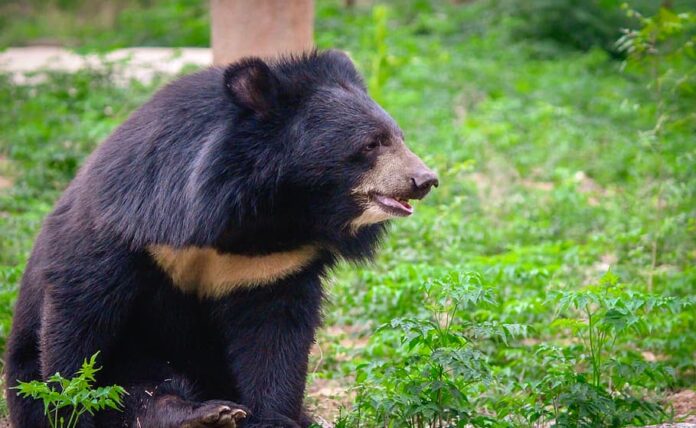Do you know that there are 7 Asian black bear subspecies? You probably know about the main bear species since there are only 8 of them. Some of those have their own subspecies, and Asian black bears also have quite a few of their own. Want to know what they are? Let’s find out with me in the list below.
1Balochistan Black Bear
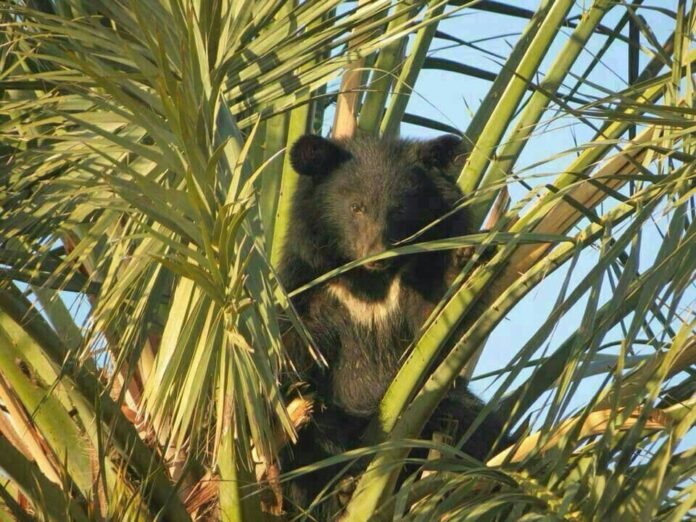
The Balochistan black bear is smaller than other subspecies out there, with a head and body length of only 80 centimeters. Males weigh from 100 kilograms to 200 kilograms while females are only from 50 kilograms to 125 kilograms. Living in a warmer climate area, the Balochistan black bear has quite a thin coat. However, the fur is coarse while the colors range from black to reddish brown. This bear also goes by the nickname moon bear because it has a crescent-shaped mark on its chest.
This Asian black bear subspecies occurs only in the Balochistan Mountains of southeastern Iran and southwest Pakistan; hence the name. These omnivorous bears inhabit hilly areas where their favorite fruits including bananas and figs are abundant. Along with that, they also feed on grubs, honey, insects, seeds, small reptiles, and small invertebrates. Other things on the menu include dates, herbs, olives, plant material, and even carrion.
Unfortunately, these bears are facing many threats, especially being illegally captured by locals who try to raise them as pets. They want to raise them and later use them for bear baiting and circuses. Habitat loss due to deforestation, human settlement expansion, and illegal logging also plays a part in their decreasing population. This bear subspecies is now considered extinct in most areas across its range, and it is classified as Critically Endangered in Pakistan.
2Formosan Black Bear
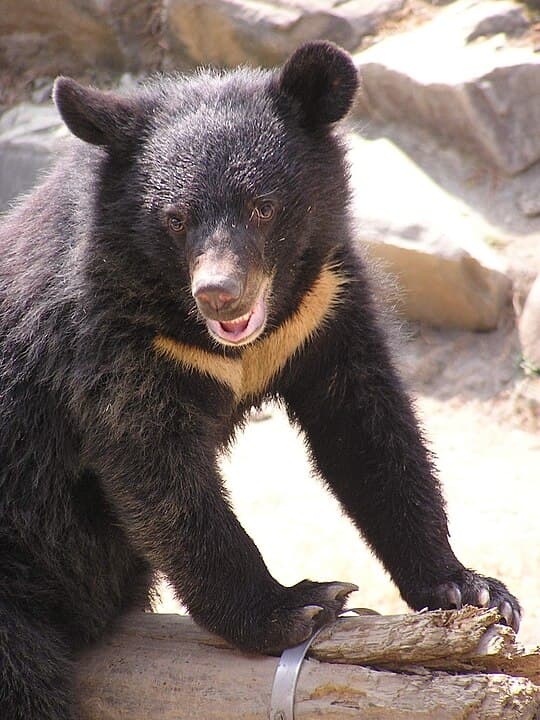
As for this Asian black bear subspecies, it also goes by other names as Taiwanese black bear and white-throated bear. A Formosan black bear has a sturdy build and round head with a long snout and small eyes. The snout of this bear resembles a dog’s so it also goes by the nickname dog bear as well. Its body is covered with rough and glossy black hair that can grow over 10 centimeters long around the neck. Its body length is around 1.3 to 1.8 meters, weighing around 60 to 150 kilograms. Despite their stout body, these bears are pretty fast runners and excellent climbers and swimmers in the wild.
The bear is endemic to Taiwan, and it is also the largest land animal and the only native bear in Taiwan as well. Formosan black bears live along the Central and Snow mountain ranges, especially in Lala Mountain, Snow Mountain, and some national parks. These bears are active during the day in the spring and summer, and they are active at night during fall and winter. They feed primarily on buds, fruits, leaves, and roots along with carrion, insects, and small mammals. Due to their population of only around 200 to 600 individuals, this bear subspecies is considered Endangered.
3Himalayan Black Bear
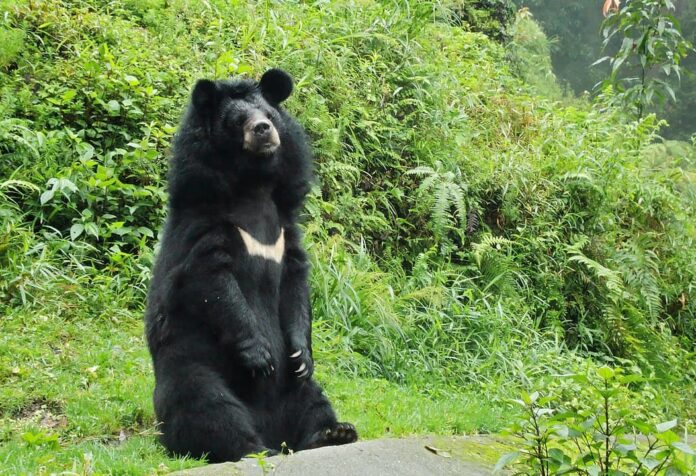
While the previous two Asian black bear subspecies have shorter fur, this one is the opposite. A Himalayan black bear has longer and thicker fur yet a smaller and whiter chest mark. An average bear grows from 1.4 to 1.7 meters tall, weighing from 91 to 120 kilograms. It also has short and strong claws that help with climbing and bark peeling for consumption. Despite their intimidating size, they usually avoid contact with humans which is why they are more active at night. However, they are not afraid to attack humans if they are provoked or come across one.
Native to the Himalayan, these bears are found in Bhutan, China, India, Nepal, and Pakistan. They like moist temperate forests mixed with deciduous broadleaf forests and a mixture of oak and thick dense shrubby vegetation. In those areas, they feed on pretty much anything they can find such as acorns, fruits, honey, nuts, and roots. At the same time, they also consume various insects including beetle larvae and termites. In case regular food is scarce, then they will hunt livestock like cattle, goats, and sheep instead.
The Himalayan black bear is now Vulnerable due to encroachment of human population, forest fires, and timber industries. Their main threats are habitat destruction, habitat fragmentation, and habitat loss which lead to the decline of their population.
4Indochinese Black Bear
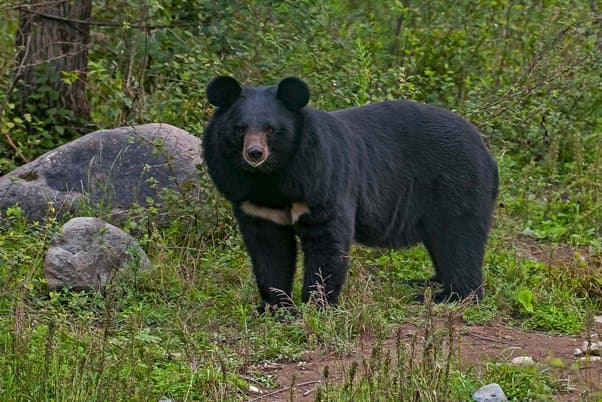
The Indochinese black bear is the least known and popular Asian black bear subspecies, and the information about them is little. All we know is that they live mainly in forested areas and particularly in mountainous regions. However, they will move to lower levels for hibernation when the weather becomes colder. Just like any other bears, this one is also omnivorous but they are predominately herbivorous when it comes to diet. Indochinese black bears mostly feed on fruits, grasses, herbs, and nuts such as acorns and pine nuts. Their other meals are bees, eggs, honey, invertebrates, larvae, small mammals, and termites as well as carrion when available. The Indochinese black bear is considered Vulnerable, and their main threat is habitat loss due to agriculture, forestry, and forest fires.
5Japanese Black Bear
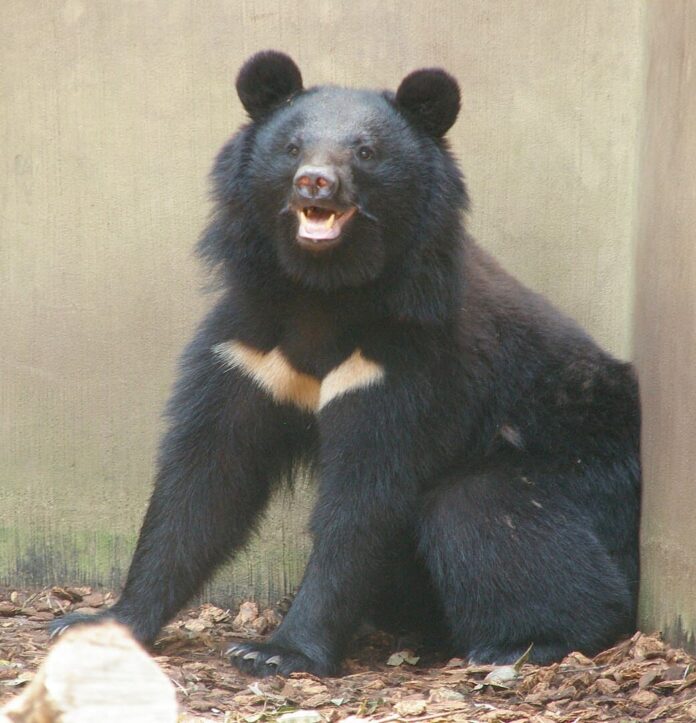
The Japanese black bear is a small species, reaching to around 1.2 to 1.4 meters tall. They have strong claws that allow them to climb trees to grab berries and nuts. This Asian black bear subspecies inhabits deciduous and mixed mountain forests on two main islands of Japan: Honshu and Shikoku. Across their range, they mainly feed on grasses and herbs in spring then switch to berries and nuts in fall. In case regular food is not abundant, they will also take on livestock and wild animals such as Japanese serow and wild boar. Despite being rare and endangered, there are still poachers that kill them for parts to sell in the black market. Habitat destruction is the main threat to their population, and it can lead to their extinction in the future.
6Tibetan Black Bear
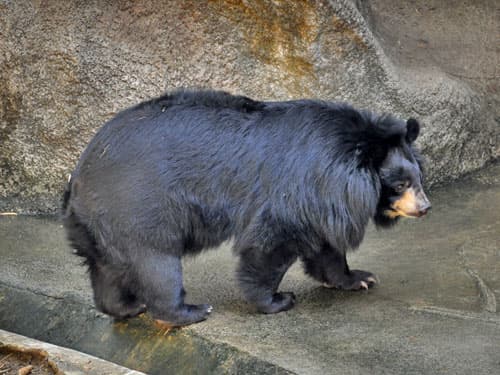
A Tibetan black bear is a large bear that stands from 1.5 to 1.9 meters tall, weighing up to 125 kilograms. Its body is strong and sturdy, and it has a large head and thick legs that allow the bear to stand and walk. It has black fur with a white to off-white crescent-shaped patch on the chest like other Asian black bear subspecies. You can tell this one apart from the Himalayan black bear by the shorter and thinner pelage with little to no underwool. This bear is more aggressive than other subspecies of Asian black bear during confrontation though they usually avoid people.
This subspecies has quite a wide range including Assam, Laos, Myanmar, Nepal, Thailand, and Vietnam. It is also possible that they live in Bhutan, Tibet, and Yunnan as well. In those countries, they live in hill forested and mountain areas where a variety of food is available. These bears are more carnivorous so they mostly feed on carrion, small mammals, and tiger kills. Along with that, berries crops, forbs, honey, insects, larvae, livestock, grasses, and nuts are also on the menu. Not different from other bears out there, their population is under the threat of habitat loss and poaching.
7Ussuri Black Bear
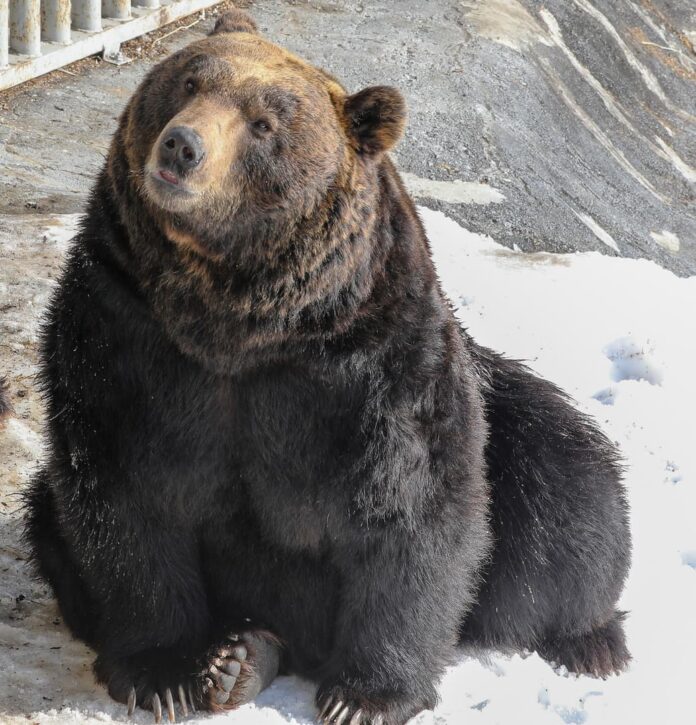
Got its name from the Ussuri River, this black bear subspecies is also known as the Manchurian black bear in South Korea. It is the largest of the Asiatic black bear subspecies, growing up to over 2 meters tall. The Ussuri black bear is not the type of bear you want to come across due to their extremely aggressive behavior. They are native to the Far East, across the Asian continent where they solitarily roam. These bears feed on a number of food including fruits, grasses, and herbs as well as insects, invertebrates, and small mammals.
Related Post: 15 American Black Bear Subspecies

